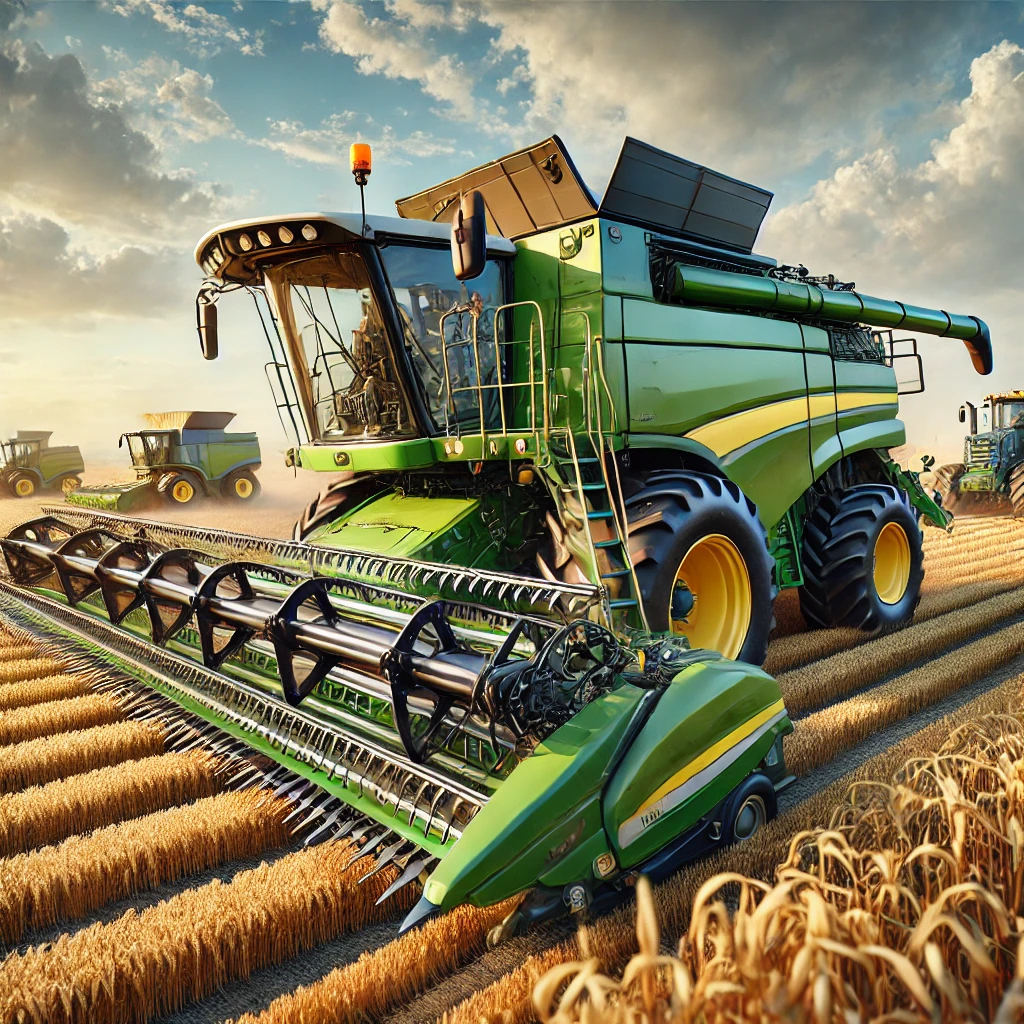In the ever-evolving field of agriculture, the integration of sensors and automation in planting machinery has revolutionized traditional farming practices. This article delves into the significant role that these advanced technologies play in enhancing efficiency, precision, and productivity in modern agriculture.
Introduction to Sensors in Planting Machinery
Sensors have become an integral component of planting machinery, providing real-time data that helps farmers make informed decisions. These devices are designed to monitor various parameters such as soil moisture, temperature, and nutrient levels, ensuring optimal conditions for seed germination and growth.
Types of Sensors Used
There are several types of sensors commonly used in planting machinery:
- Soil Moisture Sensors: These sensors measure the water content in the soil, helping farmers determine the right time for irrigation.
- Temperature Sensors: These devices monitor soil and air temperature, which are critical factors for seed germination and plant growth.
- Nutrient Sensors: These sensors detect the levels of essential nutrients in the soil, allowing for precise fertilizer application.
- pH Sensors: These measure the acidity or alkalinity of the soil, which can affect nutrient availability and plant health.
Benefits of Using Sensors
The use of sensors in planting machinery offers numerous benefits:
- Increased Efficiency: Sensors provide real-time data, enabling farmers to optimize planting schedules and resource use.
- Precision Agriculture: By monitoring specific parameters, sensors allow for targeted interventions, reducing waste and improving crop yields.
- Cost Savings: Efficient use of water, fertilizers, and other inputs can lead to significant cost savings for farmers.
- Environmental Sustainability: Precision application of resources minimizes environmental impact, promoting sustainable farming practices.
Automation in Planting Machinery
Automation has transformed planting machinery, making it possible to perform complex tasks with minimal human intervention. Automated systems are designed to handle various aspects of the planting process, from seed placement to soil preparation.
Key Components of Automated Planting Systems
Automated planting systems typically consist of the following components:
- GPS Technology: Global Positioning System (GPS) technology is used to guide planting machinery with high precision, ensuring accurate seed placement.
- Variable Rate Technology (VRT): VRT allows for the application of seeds, fertilizers, and other inputs at variable rates based on real-time data, optimizing resource use.
- Robotic Planters: These machines are equipped with robotic arms and sensors to plant seeds at precise depths and intervals.
- Automated Steering Systems: These systems enable planting machinery to navigate fields autonomously, reducing the need for manual operation.
Advantages of Automation
The integration of automation in planting machinery offers several advantages:
- Labor Savings: Automated systems reduce the need for manual labor, allowing farmers to focus on other critical tasks.
- Consistency and Precision: Automation ensures consistent and precise planting, leading to uniform crop stands and improved yields.
- Time Efficiency: Automated machinery can operate continuously, completing planting tasks more quickly than manual methods.
- Data Collection and Analysis: Automated systems often include data collection capabilities, providing valuable insights for future planting decisions.
Challenges and Future Prospects
While the benefits of sensors and automation in planting machinery are clear, there are also challenges that need to be addressed. These include the high initial cost of equipment, the need for technical expertise, and potential issues with data management and integration.
Overcoming Challenges
To overcome these challenges, several strategies can be employed:
- Cost Reduction: As technology advances and becomes more widespread, the cost of sensors and automated systems is expected to decrease.
- Training and Support: Providing farmers with training and technical support can help them effectively use and maintain advanced planting machinery.
- Data Management Solutions: Developing robust data management systems can ensure seamless integration and utilization of data collected by sensors and automated systems.
Future Prospects
The future of sensors and automation in planting machinery looks promising. Continued advancements in technology are likely to lead to even more sophisticated and efficient systems. Innovations such as artificial intelligence (AI) and machine learning could further enhance the capabilities of planting machinery, enabling predictive analytics and autonomous decision-making.
Moreover, the integration of Internet of Things (IoT) technology could facilitate seamless communication between different agricultural devices, creating a fully connected and intelligent farming ecosystem. This would allow for real-time monitoring and control of various aspects of the planting process, further optimizing efficiency and productivity.
Conclusion
The role of sensors and automation in planting machinery is undeniably transformative. These technologies have the potential to revolutionize agriculture by enhancing efficiency, precision, and sustainability. While challenges remain, the continued development and adoption of advanced planting machinery hold great promise for the future of farming. By embracing these innovations, farmers can achieve higher yields, reduce costs, and contribute to a more sustainable and productive agricultural industry.
